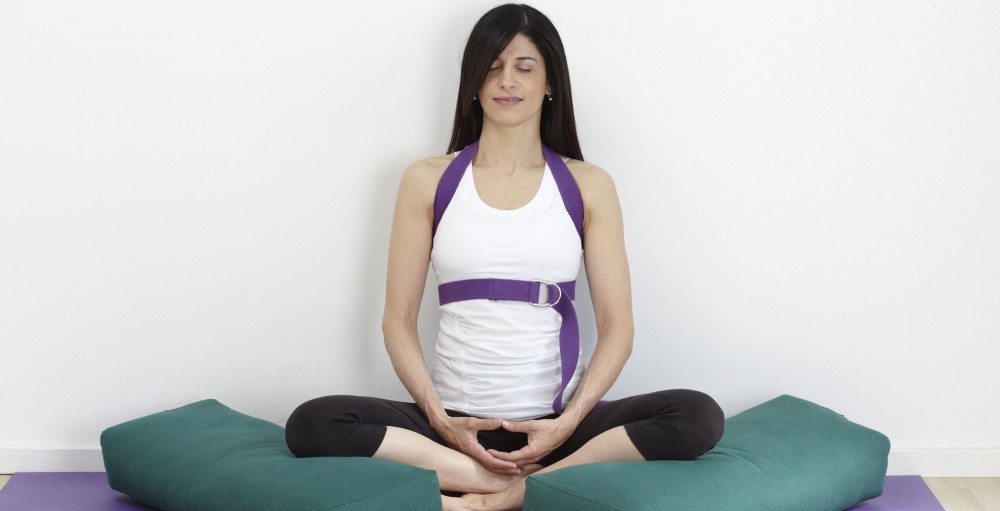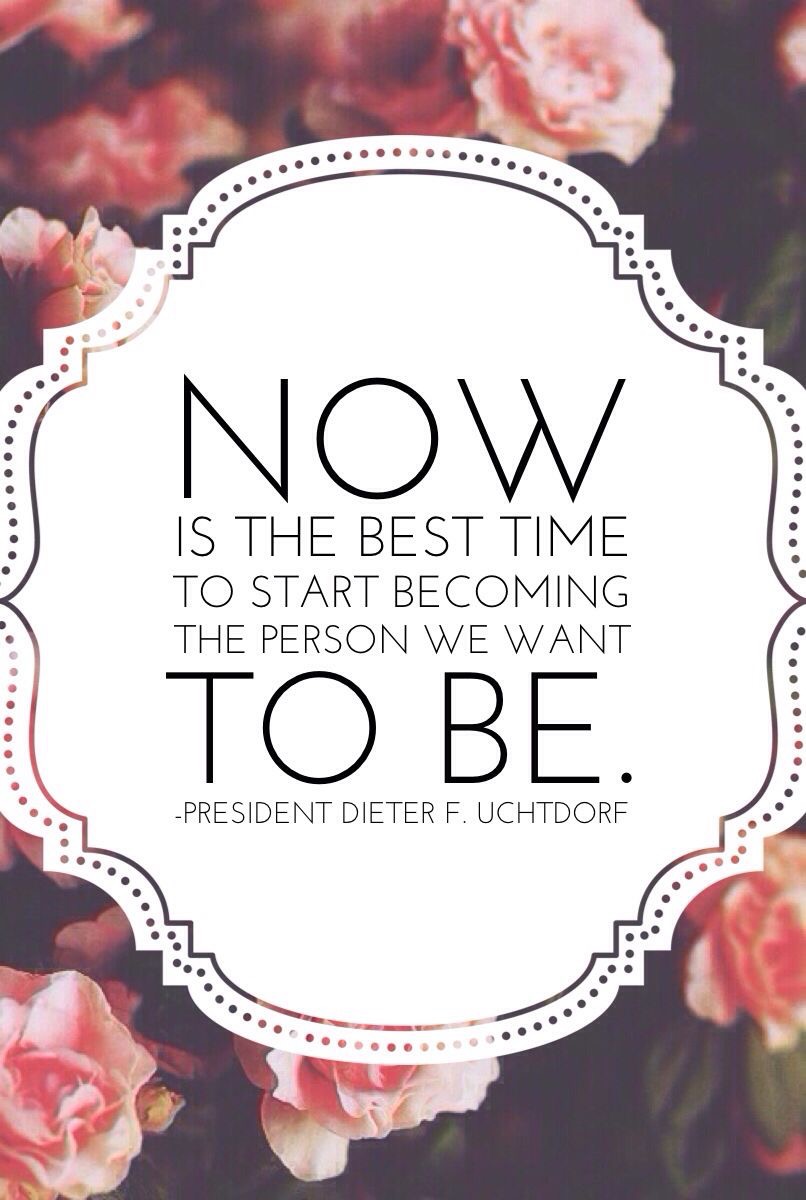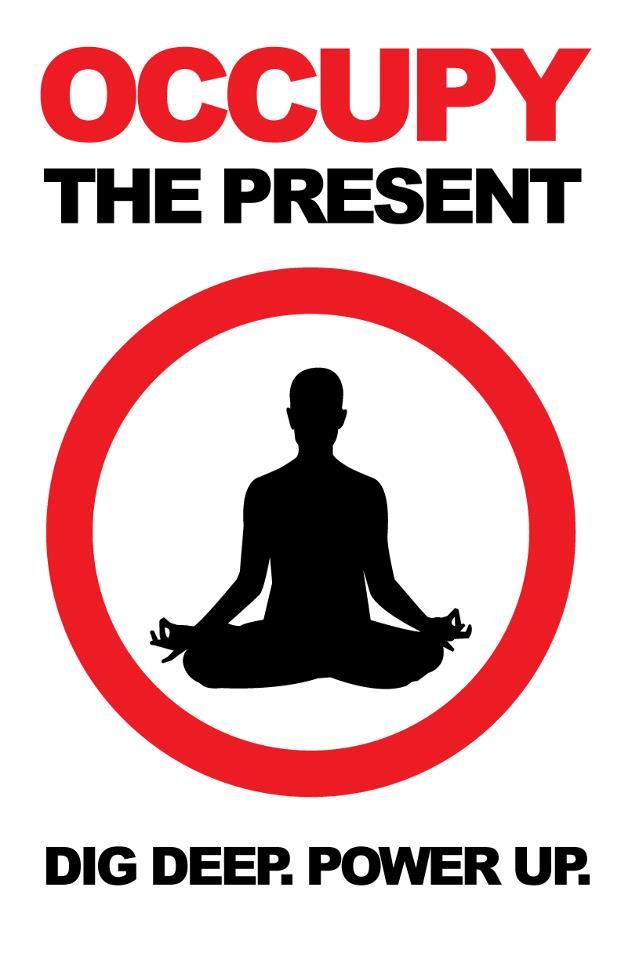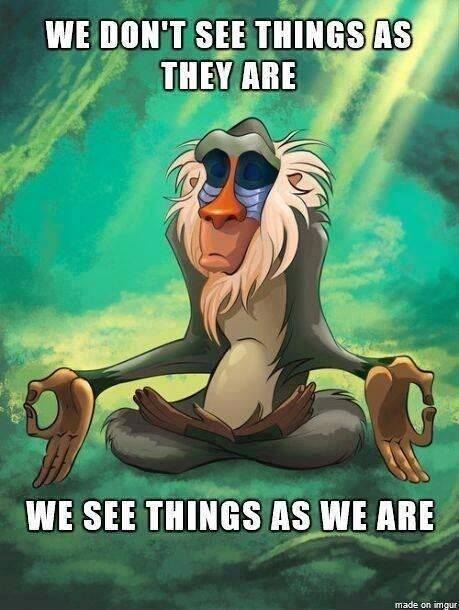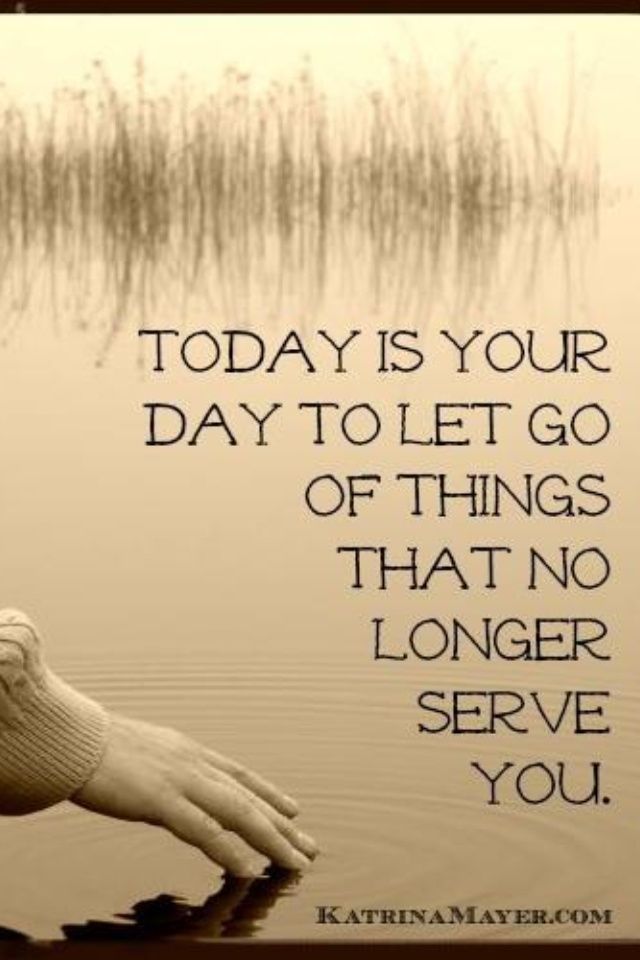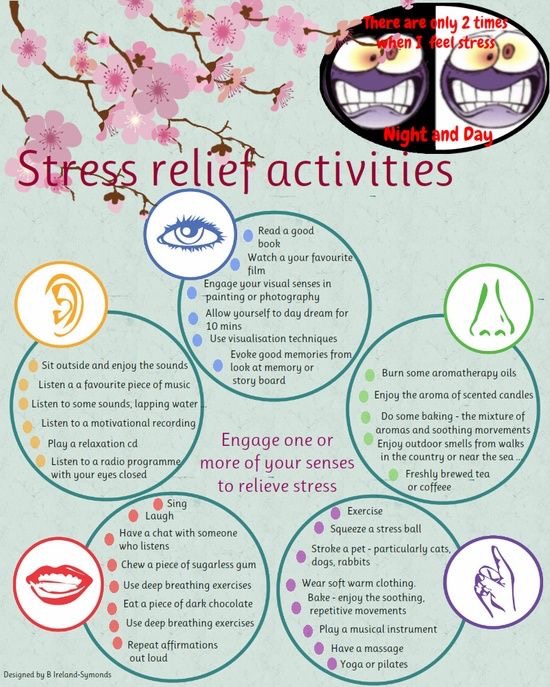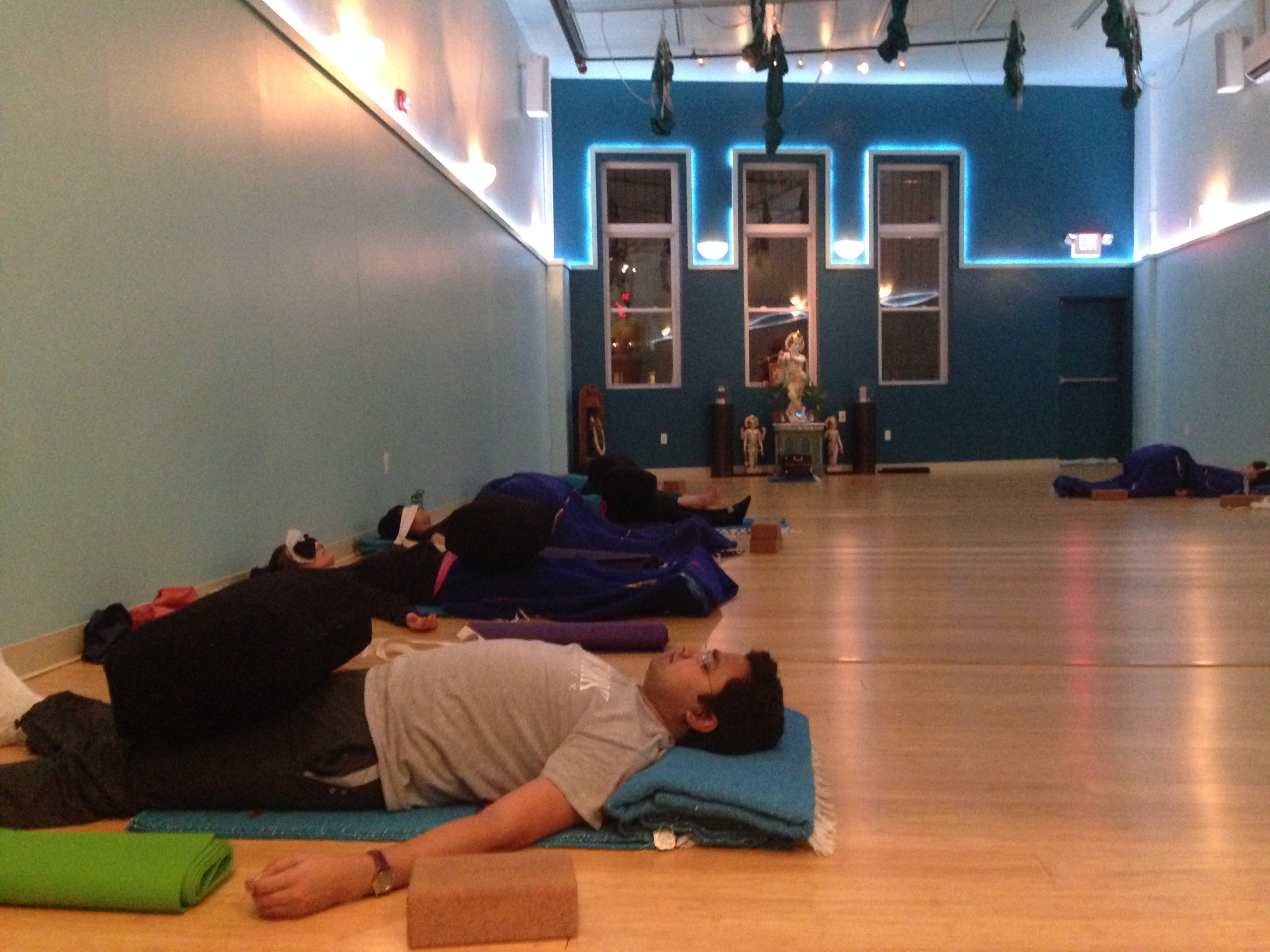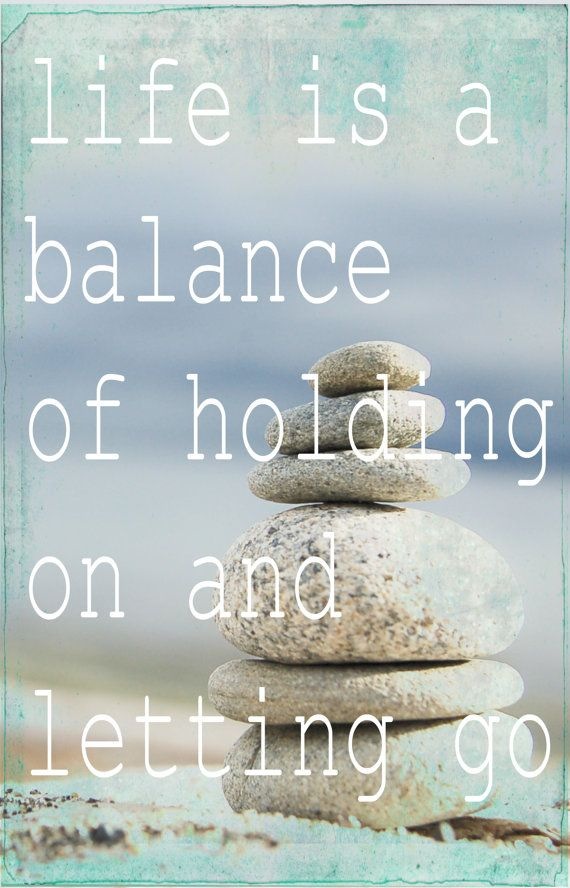harmony is created by practicing present moment awareness…
we continue to focus on the present moment as the week of posts continues…Yesterday we used some quotations from the above author, Eckhart Tolle, and today we resume, and add on other insightful reading
“Take the past, for example. We think of it as something, but it is really nothing. Go looking for it, and you will never find it. We all think of ourselves as being shaped by the past, and many of us think we are limited by it. The truth is, you and I both have a past. It’s powerful and often painful and has shaped us in ways past knowing. Having said that, I invite you to forget it. The past is, quite literally, irrelevant. It has power over us only if we give it the power each moment. You give it power by the moves you make in each moment. Each day you and I are offered the opportunity to recreate the past or to create a brand new future. Take your mind off the past and the future, and focus instead on the moments that are occuring constantly. If you do this, I guarantee you will not regret it.” From Conscious Living, by Gay Hendricks.
